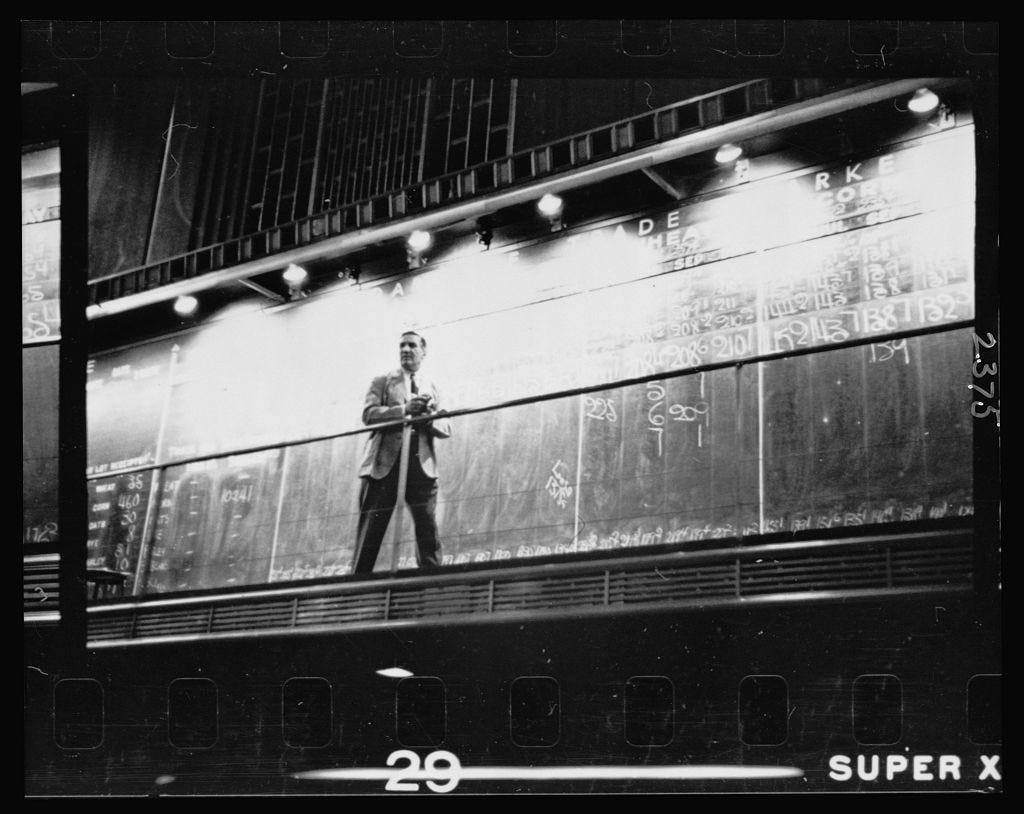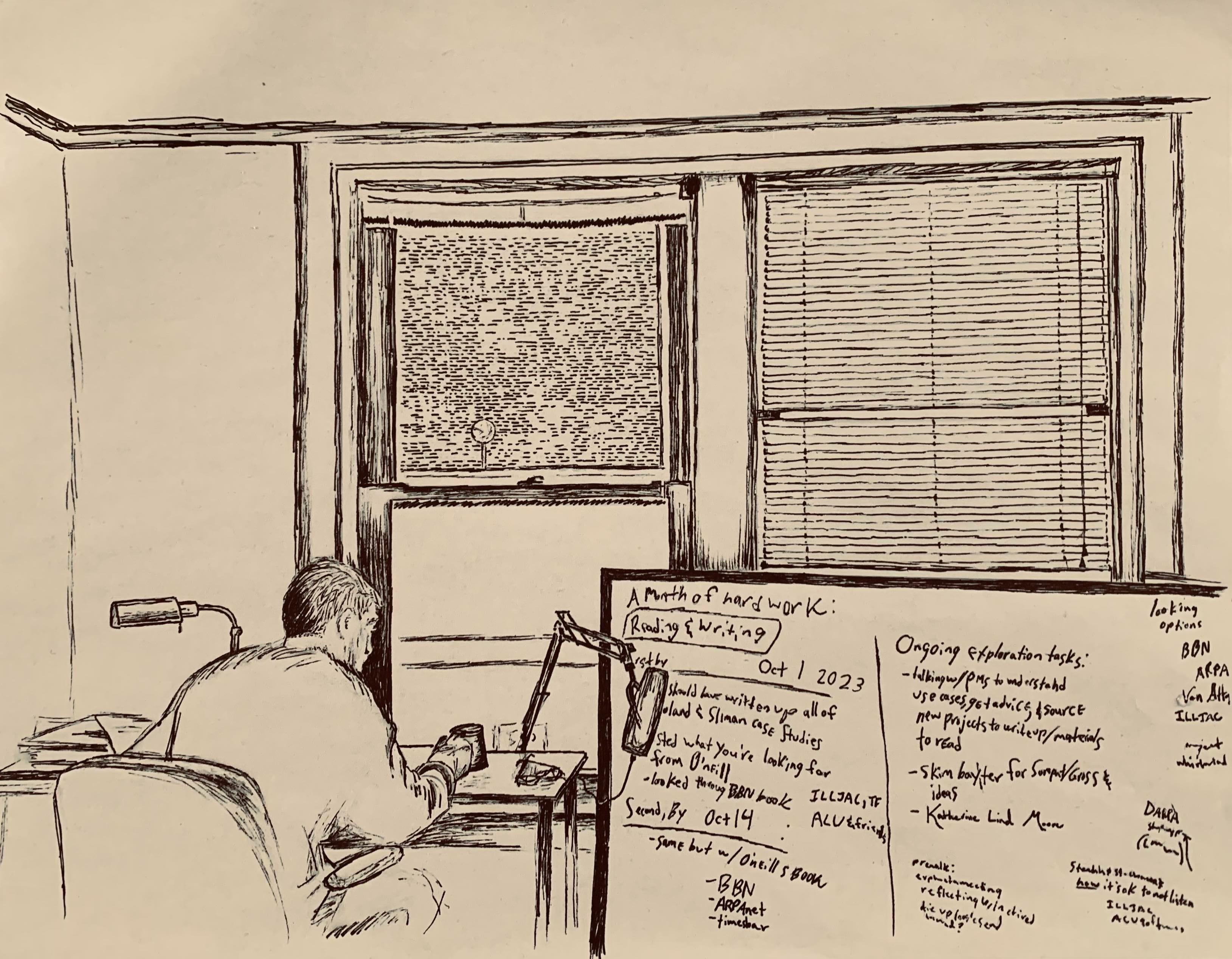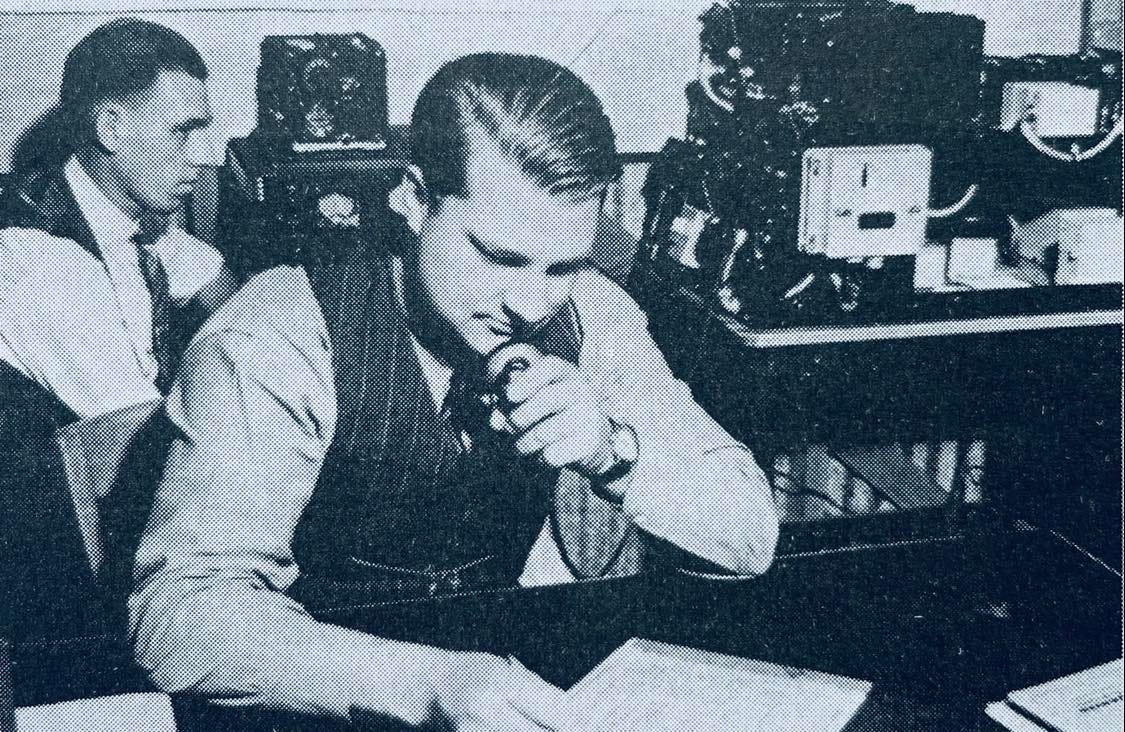
The Spotify version of today’s episode can be found at this link.

The Spotify version of today’s episode can be found at this link.

Today’s piece is a guest post by Alex Obadia. Alex is a new program director at the UK’s Advanced Research and Invention Agency (ARIA). As Alex puts it, his focus is “currently on designing new enabling trust primitives for a world where many more substrates (e.g. DNA, materials, thoughts) are programmable.” I met Alex last month at the ARIA Summit.

Some time in 2023, Tom Kalil told me he thought it would be a good idea to carve out a chunk of time and get to work on some ARPA project histories.

Some time in 2023, Tom Kalil told me he thought it would be a good idea to carve out a chunk of time and get to work on some ARPA project histories. The ARPA model was proliferating, and Tom felt these pieces might find a ready audience of ARPA emulators and fans eager to make use of the actionable information. Tom, who was then at Schmidt Sciences and is now President of Renaissance Philanthropy, has good taste.

I made my first podcast appearance on the Foresight Institute’s podcast! The episode turned out to be a phenomenal one-hour summary of the most important ideas FreakTakes has covered. YouTube and Spotify embeddings are below.

As some readers know, I’ve recently joined Renaissance Philanthropy (RenPhil). While I hope to put many ideas from FreakTakes into practice at RenPhil, I’ll be particularly focused on one goal: building more BBNs.

I’ve always viewed FreakTakes as a small applied research shop. Discontented geniuses set out to run new science orgs or ambitious scientific philanthropies; I produce pieces that help some of them make decisions that determine parts of how to structure their orgs. I can’t do what they do — I wish I could. They do not have the time to look into the minutiae of the R&D operations from history that inspire their work.

Unlike the rest of the FreakTakes ARPA series, today’s piece does not have the usual narrative structure. It is, instead, a set of personal notes cleaned up and re-structured as a post. While the post is atypical, the ARPA series would be incomplete if I did not outline the factors that mark key regime changes at the agency over time.

ARPA's early decades of success have made the ARPA model iconic.

Bottom Line Up Front: Recently, large pots of federal funds have been set aside for chip research. A significant portion of these funds should find their way to research teams that operate like the best research groups from the prior, vertically-integrated era. Two ideal teams to learn from are BBN — the prime ARPAnet contractor — and CMU’s early autonomous vehicle teams, who laid much of the groundwork for the autonomous vehicle revolution.

This piece covers how Kelly Johnson managed Lockheed’s famous Skunk Works. In its early decades, Skunk Works continuously produced novel aircraft that pushed the aviation industry forward. Its three most iconic aircraft were the U-2 “spy plane,” the Sr-71 Blackbird — still considered a cutting-edge aircraft 60 years after it was built — and the partially DARPA-funded F-117 Nighthawk — the first stealth bomber.